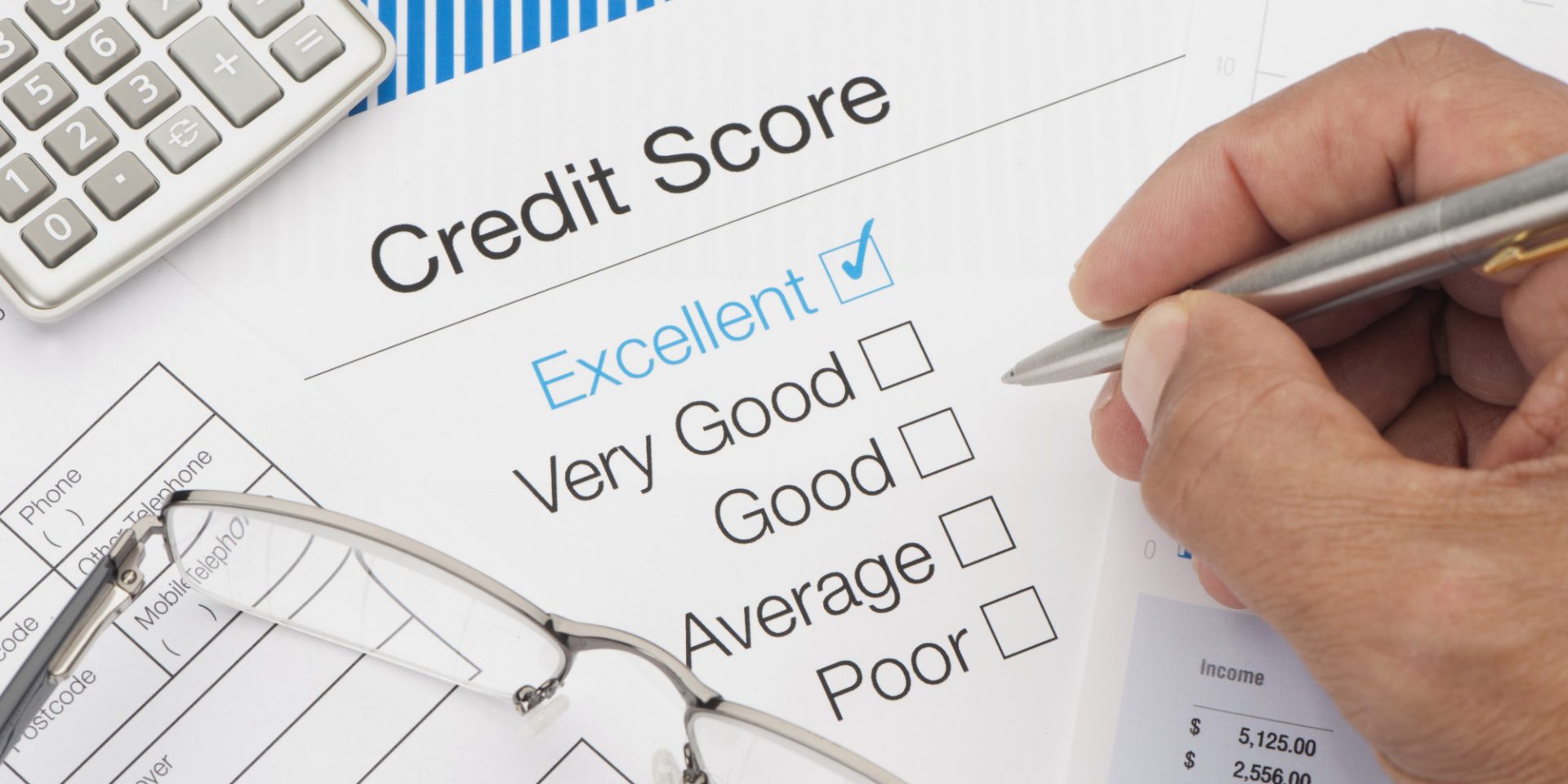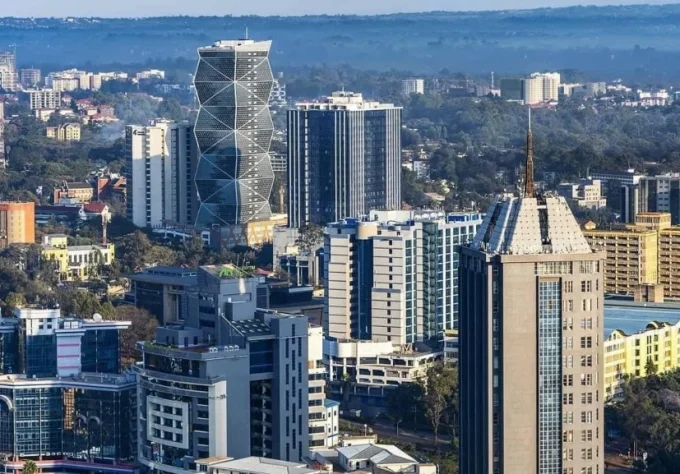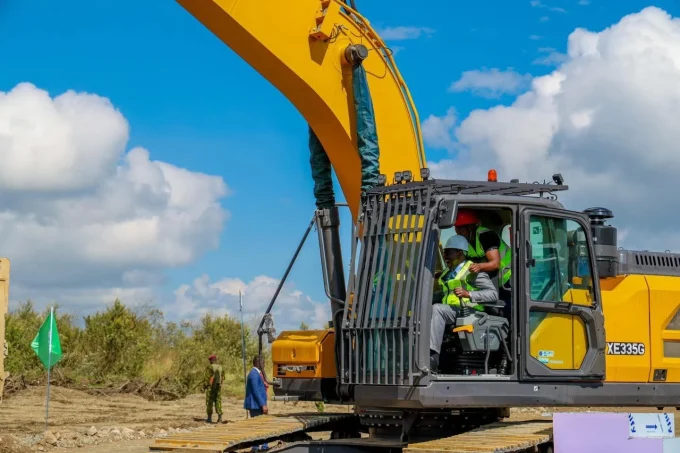The World Bank said on Thursday it had given Kenya a Ksh 100 billion ($1 billion) concessional loan for energy, transport and water infrastructure projects in poorer regions in its north and northeast.
These regions have benefited little from Kenya’s strong economic performance, the World Bank said. The East African economy is seen growing 5.8% this year, after electoral turmoil and drought cut last year’s expansion to the lowest level in more than five years.
Most of the money will be spent in the counties of Garissa, Isiolo, Lamu, Mandera, Marsabit, Samburu, Tana River, Turkana, Wajir, and West Pokot which fall below national averages on development indicators, the World Bank said in a statement.
“These infrastructure investments are laying the ground for additional operations that will enable sustainable livelihoods with targeted support to farmers and pastoralists in the region and expanded support to the most vulnerable households through regular cash transfers,” the Bank said.
The funding will go to six projects including an off-grid energy access initiative worth Ksh 15 billion ($150 million) that the World Bank says will provide electricity to 1.2 million people and contribute 96 megawatts to the national grid.
A further Ksh 50 billion ($500 million) will go towards a 740 km stretch of the Isiolo-Wajir-Mandera road corridor in the northeast and enhance internet access there.
The average poverty rate in the regions named stands at 68% compared with a national average of 36%, the World Bank said, while electrification rates there is only 14% compared with an estimated 44 to 70% nationally.
The new loan is in addition to Ksh 140 billion ($1.4 billion) the World Bank has already invested in the region in the areas of health, transport, agriculture and social protection.
“Given the significant needs, more needed to be done in a targeted and coordinated manner if the Bank was to support the Government of Kenya in its efforts in the north and northeastern region,” the World Bank said.
READ: NMG BETS ON MUSIC TO GROW REVENUE
Typically, World Bank concessional loans have zero or very low interest rates and have repayments periods of 25 to 40 years, with a five- or 10-year grace period.
– Reporting by Omar Mohammed, Editing by George Obulutsa and Hugh Lawson.













Leave a comment